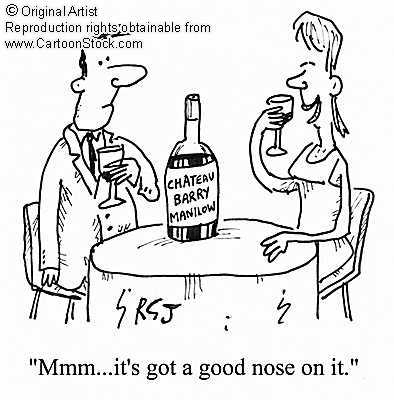 What are your views on aging? Is fatigue and joint discomfort the inevitable result of growing older? If so, do you believe that the elderly should take it easy when they are tired and suffering from mild aches?
What are your views on aging? Is fatigue and joint discomfort the inevitable result of growing older? If so, do you believe that the elderly should take it easy when they are tired and suffering from mild aches?
The fact is that many age-associated declines occur not because of the aging process itself, but as a result of our lifestyle habits, including exercise. In our sedentary society, many muscle and joint problems are the result of weakness and inflexibility. By increasing your strength and flexibility, you can prevent injury and slow the age-associated loss of muscle function. This means that some of those old cliches turn out to be true…”use it or lose it” and “you’re as old as you feel”.
Inactive people become more frail than active people and are more likely to sustain a serious fall that could lead to hospitalization, permanent disability, dependence and even death. According to the federal government., Americans live an average of 73.7 years, but spend their last 11.7 years in “dysfunctional life”, which is marked by disease and impairment. Reducing the number of years lost to restricted physical activity has become a national priority.
Exercise itself, can slow and even reverse many components of the aging process. It’s probably the single most effective way to lengthen life. Proper exercise can rejuvenate you and take years off your chronological age- it’s the closest thing to an anti-aging pill. In other words, exercise can add years to your life and life to your years. The U.S. National Center for Health Statistics, claims that a 50 yr. old today can expect to live, on average, to over 79. This is a lot of time spent in the “golden years”. Instead of believing that over 50 means “over the hill and declining”, you should view it as “over the hill and picking up speed!”
It was once thought that aerobic capacity and muscular strength decreased dramatically as one grew older: Studies revealed that a sedentary 65 yr. old has only 60% of the aerobic capacity as a young sedentary adult, and that after the age of 30, people not engaged in strength training lose muscle mass amounting to about six to seven pound of muscle each decade. Remember that these declines apply to sedentary adults.
A 25-year study on runners performed at Ball State University found that many of the runners who continued to train had aerobic capacities similar to what they had 20 years ago. A ten year study from the Center for Exercise Science at the University of Florida found that runners who took up resistance (strength) training were able to maintain their muscle over the ten years. Those who did not, continued to loss muscle mass. The results of these studies apply to everyone, not just athletes.
Each person over the age of 55 who I have trained has found that they have marked increases in their muscle tone, strength and aerobic capacity: they have become more fit and vigorous then ever before.
One of the things that happens when you begin strength training is that connective tissue, such as ligaments and tendons, gets stronger along with your muscles. This helps to protect your joints from injury and makes everyday tasks easier, such as walking up stairs, carrying groceries and keeping up with grandchildren.
There are community programs available to help older adults stay active. Many wellness programs include low-impact aerobics and strength training. Bowling, and croquet leagues are also a fun way to stay in shape. Whatever form of exercises you choose to do, you should include ones that employ a mixture of endurance, strength, balance and flexibility exercises.
Before starting, check with your doctor to see if there are any medical concerns. Appropriate exercise can reduce frailty in old age thus helping to make a person’s last few years be filled with active participation instead of the bedridden existence that too many elderly people now experience.
We were designed to be active..don’t rust out before you wear out because you aren’t putting your body to proper use. If you want to stay strong and mobile, look and feel well, and continue to live independently instead of ending up in the care of others,then you better START MOVING!! Deborah L. Mullen, CSCS
LIFT HARD! TRAIN HARD!
www.fitnessgenerator.com/mcgheetraining

 Wall pushups. Elbows close to body, looks pretty easy but give it a try.
Wall pushups. Elbows close to body, looks pretty easy but give it a try. Hip Thrusts. Start doing this movement after you’ve develop some abdominal strength by doing more conventional abdominal exercises.
Hip Thrusts. Start doing this movement after you’ve develop some abdominal strength by doing more conventional abdominal exercises.  Bodyweight Lateral Squat. You can interchange these with stationary lunges.
Bodyweight Lateral Squat. You can interchange these with stationary lunges. 


